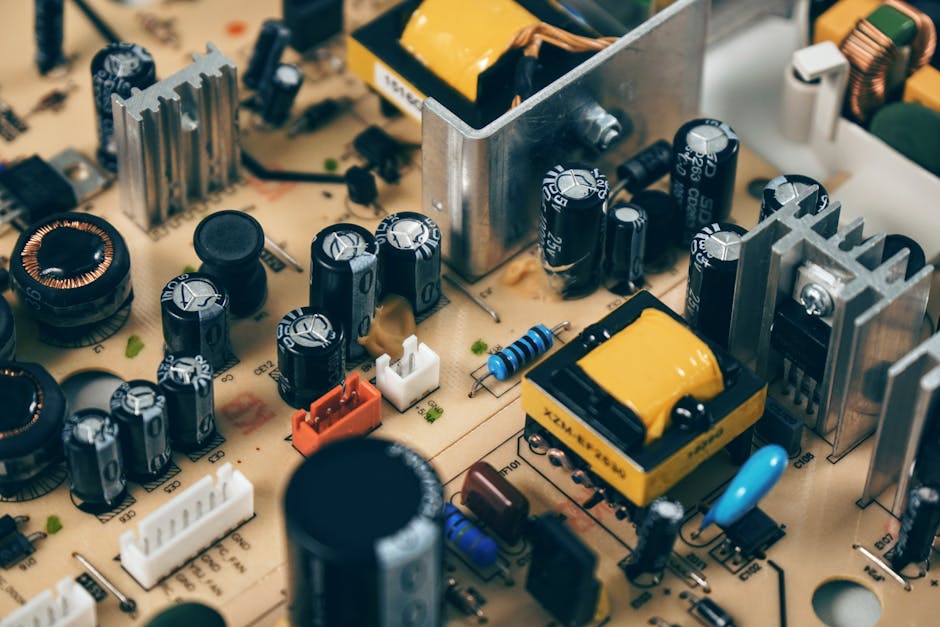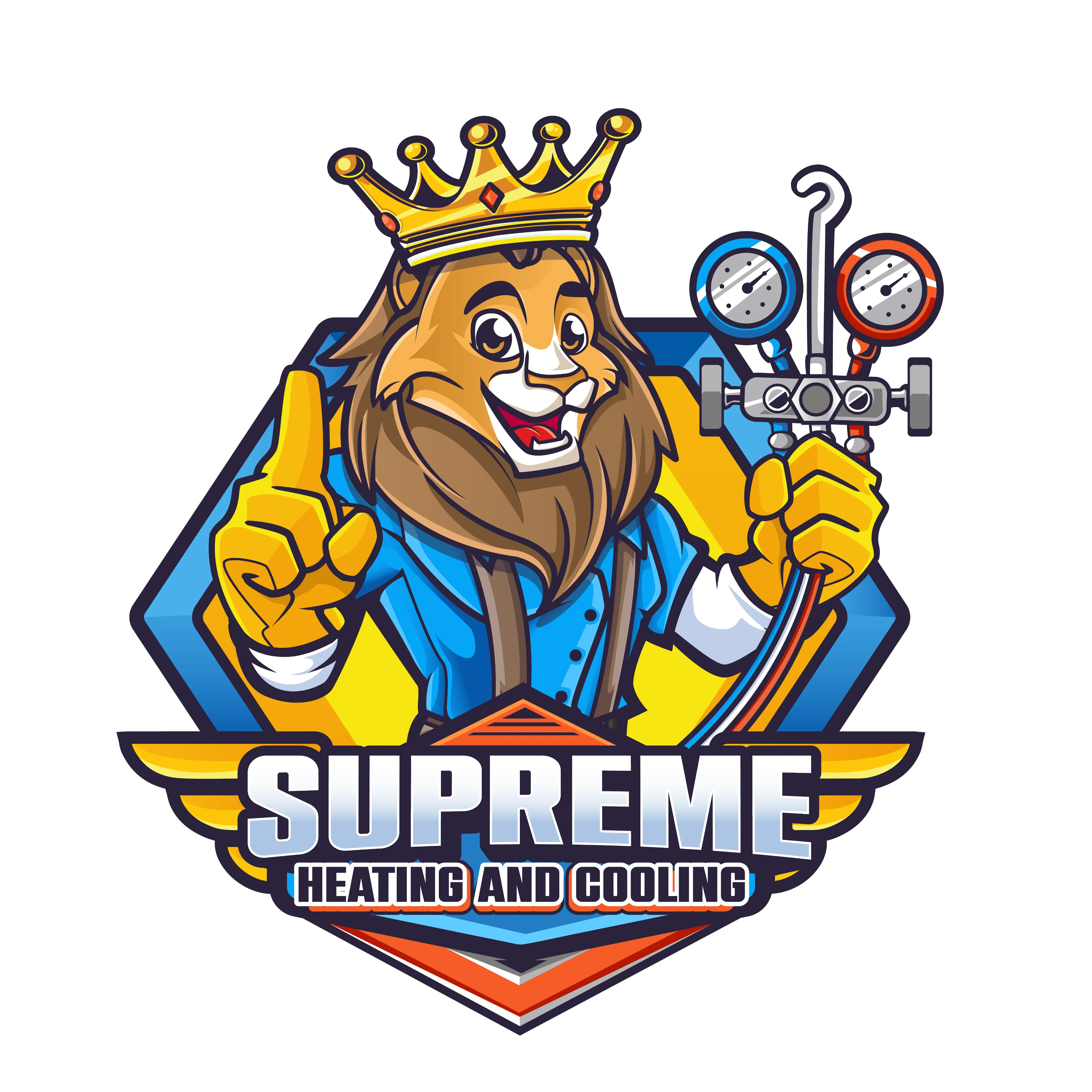In [Location] homes, where cold seasons bring the necessity for dependable heating, a functional furnace ignitor is critical for consistent warmth and comfort. The furnace ignitor acts as the spark that starts the heating process, and when it fails, your home’s heating system can grind to a halt at the worst possible time. Understanding the role of the furnace ignitor, recognizing symptoms of failure, and knowing when to call professionals like Supreme Heating and Cooling can prevent prolonged discomfort and costly repairs.

What Is a Furnace Ignitor and Why Is It Important?
The furnace ignitor is a small but essential component inside your heating system. Unlike traditional pilot lights that use a flame, modern furnaces commonly employ electric ignitors to start the combustion process. This device produces the spark or heats up enough to ignite the gas that powers your furnace’s burners, enabling warm air circulation throughout your home.
In [Location], where winter weather is often severe, a reliable ignitor ensures your heating system activates smoothly, maintaining a safe and comfortable indoor environment. When the ignitor malfunctions, the furnace may fail to ignite at all or cycle repeatedly, leading not only to discomfort but potential damage to the furnace’s internal components.
Common Symptoms of Furnace Ignitor Failure in [Location] Homes
Identifying furnace ignitor issues early can save you time, inconvenience, and financial strain. Here are some frequent signs that your furnace ignitor may need replacement or professional attention:
- No heat despite blower fan running: If you hear the fan but no warm air follows, the ignitor may have failed to light the burner.
- Repeated cycling or delayed ignition: The furnace attempts to light but shuts off repeatedly or takes longer than usual to ignite.
- Visible ignitor crack or damage: Inspecting the ignitor (by a professional) may reveal cracks or discoloration, indicating wear or burn damage.
- Burner won’t light or the furnace shuts down after ignition attempts: This is a clear sign the ignitor isn’t performing its job.
- Unusual clicking sounds without heat production: Clicking often signals the furnace is trying to ignite, but failure may stem from a faulty ignitor.
In climates like [Location], these issues can become especially urgent during peak heating months. Delayed repairs risk exposure to cold and potential secondary furnace damage from repeated failed ignition attempts.
The Furnace Ignitor Replacement Process by Professionals
Replacing a furnace ignitor is a precise task that requires specific knowledge and safety precautions. Supreme Heating and Cooling technicians follow a meticulous process to restore reliable ignition quickly and safely:
- Comprehensive Diagnostic Inspection: Our technicians begin by assessing the furnace system to confirm ignitor failure and rule out related causes like gas supply or control board issues.
- Power Disconnection: For safety, all power to the furnace is turned off before any component is handled.
- Accessing the Ignitor: The furnace cabinet panel is removed carefully to reach the ignitor assembly without damaging other components.
- Ignitor Removal: The old ignitor is detached gently, as these parts can be brittle and easy to break.
- Verification of Compatibility: Our team ensures the new ignitor matches the furnace model specifications for optimal performance.
- New Ignitor Installation: The replacement ignitor is installed securely, with all electrical connections checked and tightened.
- System Testing: After reassembling the furnace, we restore power and conduct multiple ignition tests to confirm the new ignitor functions correctly.
- Safety Checks and Calibration: Final inspections include gas leak tests, flame sensor adjustments, and system diagnostics to guarantee safe operation.
This method ensures your furnace regains full function quickly without compromising safety — essential for [Location] homeowners relying on heating through cold months.
Safety Considerations When Dealing with Furnace Ignitors
Furnace ignitor replacement involves handling electrical components and gas-fired appliances, so safety is paramount. Attempting DIY ignitor replacement can expose you to risks like electrical shocks, gas leaks, or furnace damage. Supreme Heating and Cooling’s licensed technicians follow industry best practices:
- All work complies with local codes and regulations in [Location].
- Proper personal protective equipment is used at all times.
- Gas supply lines and electrical connections undergo thorough inspection before and after service.
- Ignitor replacements are followed by safety tests such as carbon monoxide checks and flame analysis.
- Emergency protocols are in place to manage unexpected issues during repairs.
Ensuring these safety procedures helps protect your household and ensure that your furnace operates reliably after service.
Associated Diagnostic Checks to Ensure Reliable Ignition After Service
Furnace ignitor replacement is often just one step in maintaining optimal furnace performance. Supreme Heating and Cooling performs additional diagnostic tasks to prevent future issues and maximize system efficiency:
- Flame Sensor Cleaning and Testing: Dirty or faulty flame sensors can mimic ignitor failure symptoms. Cleaning or replacing sensors improves ignition reliability.
- Gas Pressure Measurement: Correct gas pressure ensures burners ignite consistently and safely.
- Control Board Functionality Verification: Malfunctions here can affect ignition timing and safety shutdowns.
- Blower Motor and Airflow Inspection: Proper airflow supports efficient combustion and heat distribution.
- Thermostat Calibration: Ensures the system cycles as expected and maintains target temperatures.
- System Safety Cutoff Testing: Verifies that all safety switches and valves perform correctly.
By including these diagnostic checks in routine service or ignitor replacement visits, our team helps you avoid emergency breakdowns and extends your furnace’s life — a valuable benefit in [Location]’s demanding climate.
The Broader Benefits of Timely Furnace Ignitor Replacement
Addressing furnace ignitor problems promptly provides benefits beyond restoring heat:
- Energy Efficiency: A properly igniting furnace runs more efficiently, reducing energy bills during the peak heating season in [Location].
- Extended Equipment Lifespan: Avoids stress on furnace components caused by failed or repeated ignition attempts.
- Improved Indoor Air Quality: Efficient combustion reduces the risk of carbon monoxide buildup.
- Consistent Warmth and Comfort: No unexpected cold spells caused by furnace failure.
- Peace of Mind: Knowing your home heating system is reliable helps reduce winter stress.
Regular furnace maintenance by Supreme Heating and Cooling, including inspection of ignitors and related parts, minimizes unexpected cold-weather breakdowns and keeps your system operating at peak performance.
Furnace Ignitor Maintenance Tips for [Location] Homeowners
To maximize the lifespan and performance of your furnace ignitor, consider these practical maintenance tips:
- Schedule annual professional furnace inspections before winter starts.
- Keep furnace area clean and free of dust or debris that can impair function.
- Replace or clean air filters regularly to ensure proper airflow.
- Avoid blocking vents or registers inside your home.
- Address furnace noise or performance changes promptly with professional service.
- Never attempt DIY furnace repairs involving electrics or gas components.
With these practices, your ignitor and furnace system stand the best chance of serving reliably through harsh winters in [Location].
By understanding the role and maintenance of furnace ignitors, recognizing failure signs early, and trusting trained specialists like Supreme Heating and Cooling for replacement and diagnostics, you ensure your home’s heating reliability and safety no matter how cold it gets outside. Reliable ignition means peace of mind and comfort for you and your family during every chilly season.

.svg)

.webp)


.svg)
.webp)
.svg)
